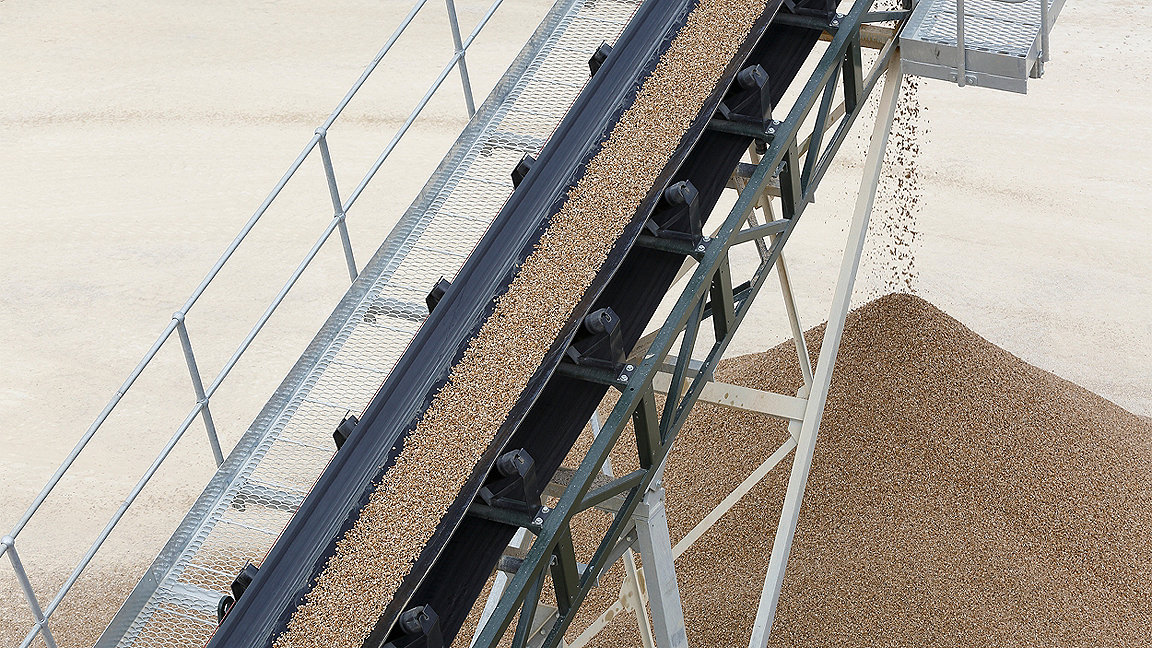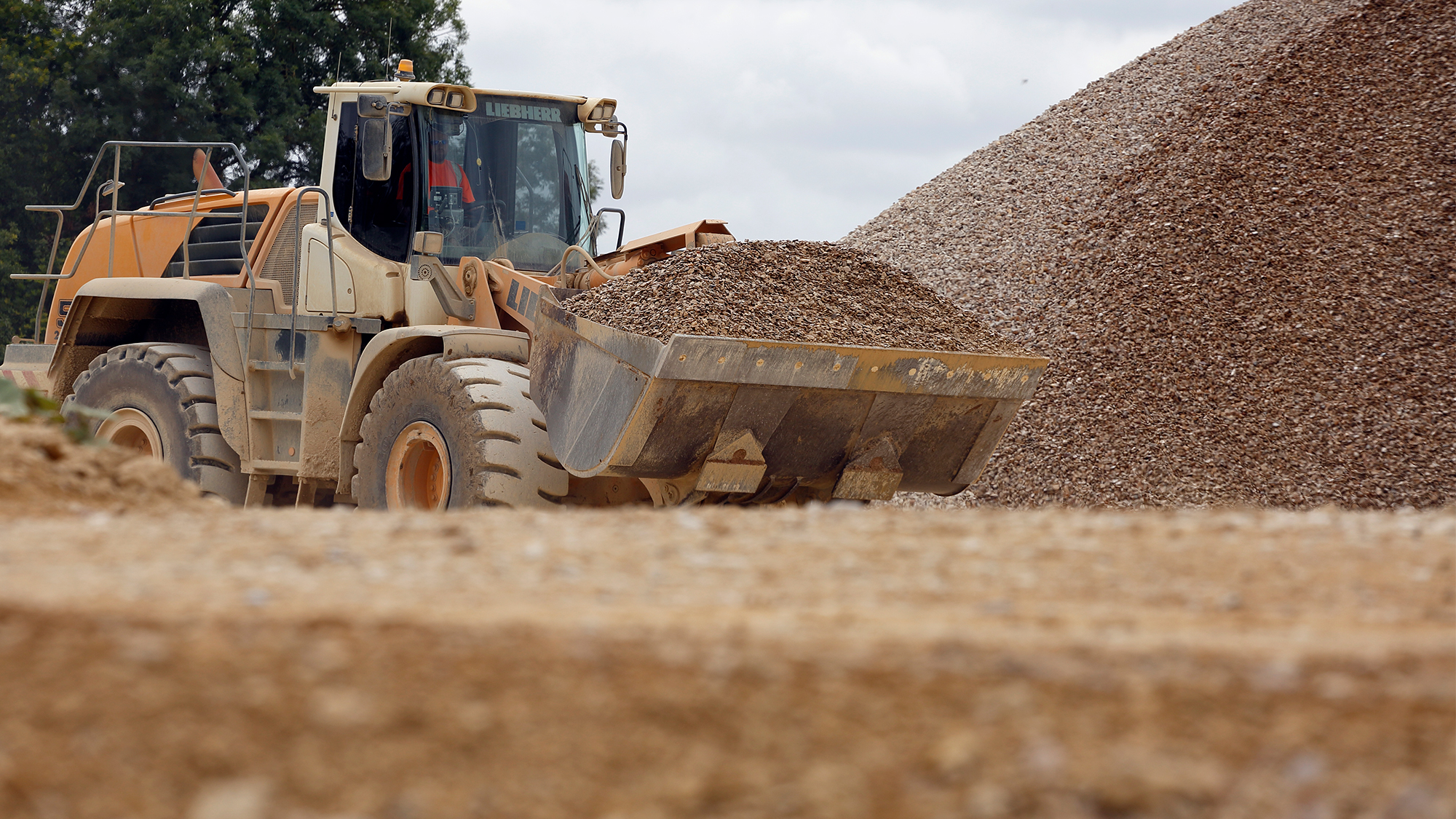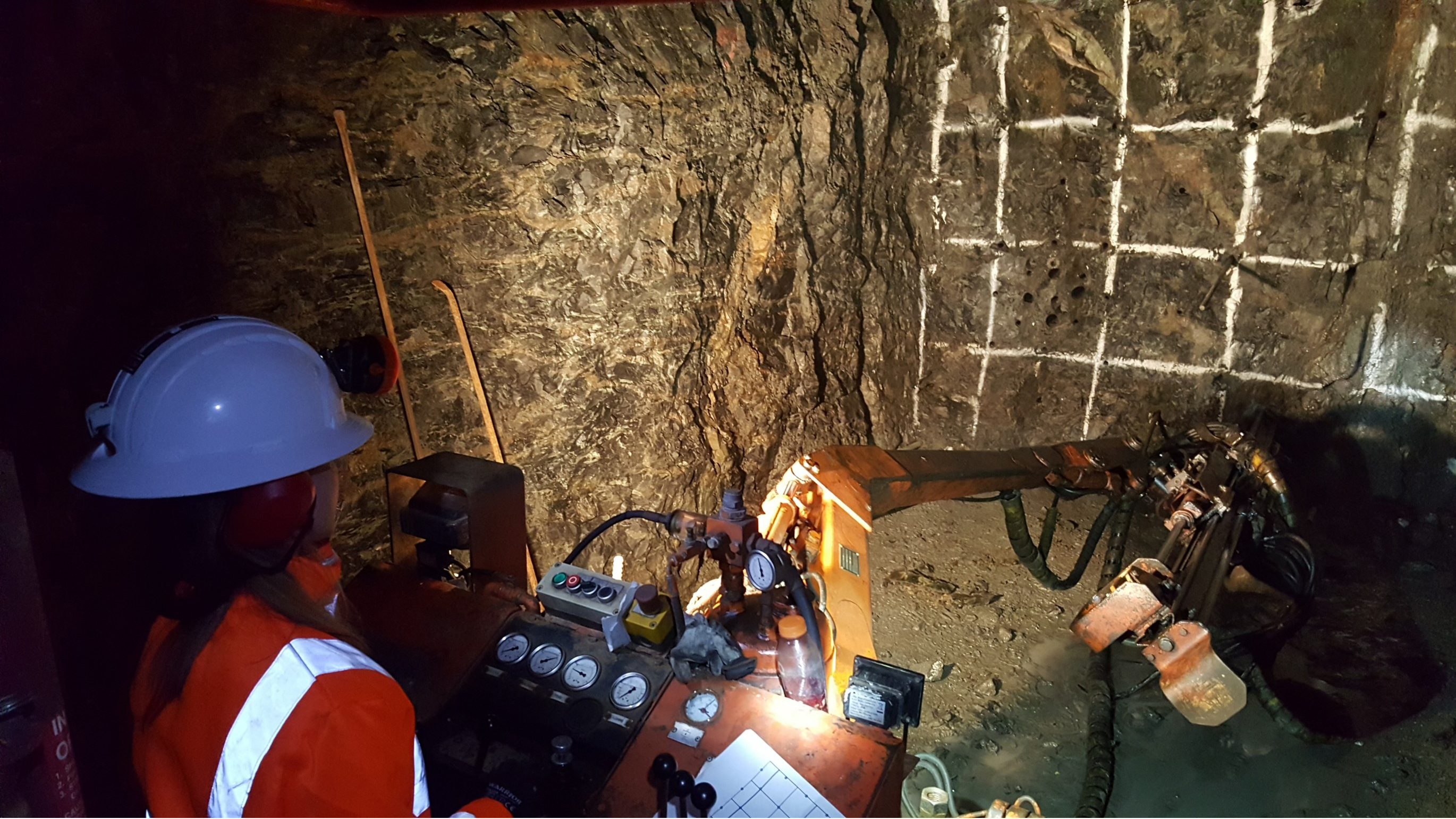
When forecasting demand and supply of raw materials such as construction aggregates, the minerals market often looks no further than the next two to three years. Yet the supply of aggregates is inherently a long-term business – from the length of time it takes for any new site to become operational, to major challenges facing the industry such as climate change.
Balancing short- and long-term risks and opportunities is always complex, but particularly when the time frame considered has a drastic effect on the outlook.
The UK now is a case in point: while short-term prospects for the economy, construction and mineral products markets are weak, significant tonnages of minerals will be needed to meet our construction needs over the next 15 years. How can producers and policymakers navigate such complexity?
Market outlook affected by wider economic weaknesses
Short-term prospects for mineral products markets are weak because of the wider UK economic slowdown, caused by bottlenecks in global supply chains from the pandemic and the war in Ukraine.
It is now clear that double-digit inflation, higher interest rates and the failure of wages to keep pace with the rising cost of living are leading to the greatest drop in living standards in decades.
This is having an impact on confidence in the economy, household spending and business investment. Forecasters expect the UK economy to flatline in 2023 – at best – with a slow recovery from the second half of the year, as lower energy prices start to reduce household bills, bringing down inflation and easing the pressure on incomes.
After two years of strong growth in 2021 and 2022, construction activity has also started to slow. Signs of stress are evident, with reports of project delays and cancellations, a reduction in the volume of work that can be achieved on a given capital budget, and lack of confidence delaying client decisions and new investment.
The Construction Products Association expects the construction industry's output to contract by 6.4% in 2023, followed by a modest 1.1% rebound in 2024. Areas of work that are most exposed to household confidence and spending are expected to see the largest declines, including private housebuilding and private home repair, maintenance and improvement.
Yet even in infrastructure – where activity is bolstered by major projects such as the HS2 rail project, the Hinkley Point C nuclear power station and a healthy pipeline of planned projects – completion within the expected scope and time frame cannot be guaranteed.

Stockpiles of aggregates. Image © MPA

Meeting our growing need for aggregates will be increasingly difficult. Image © MPA
Mineral product demand set to grow
As a result, mineral products suppliers face a challenging year of simultaneously high costs and subdued construction demand.
The Mineral Products Association (MPA) forecasts sales volumes for primary aggregates and ready-mixed concrete to fall by 4% in 2023, with asphalt sales down 6%, and mortar sales falling more sharply by 11% due to their close links with housebuilding. The downturn is nonetheless expected to be short-lived, with slow growth resuming in 2024.
Contrasting with short-term weaknesses, it is clear that significant volumes of these materials will be needed over the next 15 years: minerals such as aggregates are essential to strengthening energy security, enabling the transition to zero-carbon generation and achieving climate neutrality, in addition to meeting baseload construction and industrial needs.
The government plans for infrastructure investment to reach £650bn over a ten-year period to 2030/31, £200bn of which is to be spent by 2024/25, mainly across transport, energy and utilities.
MPA research found that construction demand for aggregates could increase by 70m tonnes per year by the middle of the next decade, from 253m tonnes in 2022 to 323m tonnes by 2035. Cumulatively, this means that between 3.8bn and 4.1bn tonnes of aggregates will be required between 2022 and 2035, compared to a total of 3.2bn tonnes supplied in the 14-year period to 2021.
Furthermore, these projections are based on construction growing at historical trends – but additional housebuilding and infrastructure projects could push that demand even higher.
'Mineral products suppliers face a challenging year of simultaneously high costs and subdued construction demand'
War prompts focus on critical minerals
The war in Ukraine brought a sense of urgency to securing energy supplies, supporting the energy transition as part of the net-zero-carbon agenda, growing the economy and providing adequate housing supply. This shifted the policy focus, in the UK and elsewhere, to securing the necessary minerals supply.
However, the debate has since moved its focus towards critical minerals, where the reliance on complex global supply chains and increasing demand threaten the performance and integrity of industries.
In the UK, this led to the publication of the UK Critical Minerals Strategy last year, followed by the European Commission's Critical Raw Material Act in March 2023. Underpinning both sets of policies is the admission that the mineral planning and permitting framework is too slow and lacks resilience.
The glaring flaw in the current policy thinking is that a focus on critical minerals fails to recognise the essential role of all types of mineral. The government must recognise that if it is to fulfil its policy objectives it needs to support the activities that will enable these, which include supplying minerals.
Aggregates for instance are the foundation of domestic and global aspirations to become climate-neutral and strengthen energy security, including constructing and maintaining new and existing buildings and infrastructure while enabling climate change adaptation and resilience.
Focusing on some minerals while assuming the steady and secure supply of others could result in bottlenecks elsewhere in the supply chain and hamper the sustainable, cost-effective fulfilment of policy objectives. A joined-up approach to the supply of all essential minerals is needed, rather than critical minerals alone. This approach must be rooted in long-term thinking.
'A joined-up approach to the supply of all essential minerals is needed, rather than critical minerals alone’
Decline in aggregate reserves needs reversing
Essential aggregates are the foundation for construction, manufacturing and the infrastructure needed for a greener economy, but the government and the public do not fully understand how essential they are. Availability and supply are too often taken for granted.
The continuing decline in permitted reserves for primary aggregates must be dealt with. Industry data shows that the ten-year replenishment rate of permitted land-based reserves of sand and gravel is just 63%, meaning that, for every 100 tonnes of sand and gravel used, only 63 tonnes are being replaced with new permitted reserves. For crushed rock, this rate falls to 52%.
The implication of long-term replenishment rates well below 100% raises the prospect of supply shortages, with some regions responsible for national supplies facing challenges in maintaining their reserve base.
With the additional and growing demand for aggregates to support major infrastructure projects, the pressure on reserve availability and supply will increase. This needs to be closely monitored, given the time required for any corrective action to take effect.
As this pressure comes to bear on traditional sources of aggregates, greater demands will be made on other sources. This could lead to greater dependency on existing large quarries with spare extractive and logistical capacity, and materials travelling greater distances. It would also increase reliance on marine sand and gravel, assuming the necessary dredging and wharf capacity exists.
Aggregates derived from recycling hard construction and demolition waste, as well as from other industrial processes, already play a key role in meeting our needs and will continue to do so, but their potential to meet increased demand is limited. Primary aggregates are expected to continue to meet more than two-thirds of overall demand for the next 15 years.
Advocating a comprehensive long-term approach
Minerals and mineral products will play an essential role in meeting our green growth ambitions, and huge investment is needed to achieve this. However, this is a tough ask given:
- the lack of a strategic approach to assessing future demand and supply at local, regional or national level
- a lack of clarity on construction material needs for infrastructure and housing plans
- repeated policy U-turns and project delays
- the challenging economic, political and geopolitical environment.
Meeting our growing need for aggregates will become increasingly difficult as we enter the 2030s, if we continue on our current trajectory.
The supply of minerals, including aggregates, cannot be assumed; it needs to be planned, monitored and managed. A strategic, long-term approach to mineral planning is required to allow both the local mineral planning system and the mineral products industry to ensure the right materials are available in the right place and at the right time.
New permitted reserves of aggregates will also be needed to ensure demand can be met, because alternative sources, such as recycled and secondary materials and imports, cannot fill the anticipated gap in demand.

